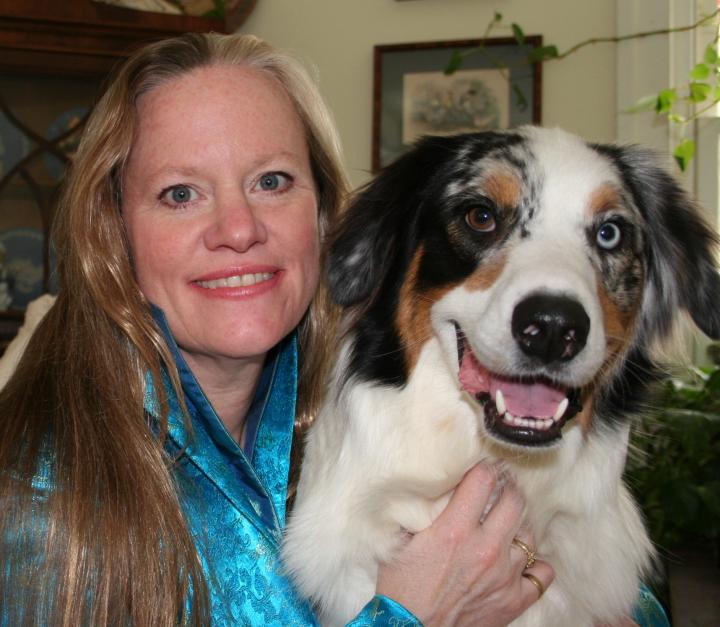Question submitted by the audience in our recent webinar: "The Importance of Exercising Your Dog's Brain for Optimal Physical and Mental Health":
Are there "fear" periods in young puppies? What's the best way to respond when young puppies are frightened by noise or other situations?
Answer by: Karen Overall, MA, VMD, PhD, DACVB

This is an excellent question. There are not rigid fear periods, although people often say that dogs undergo a period of ‘fear’ at 9 weeks and 9 months. That’s not quite true.
When dogs really begin explore new social and physical environments, which happens at about 5-10 weeks, they learn that the world is not always a friendly place. It’s adaptive for dogs to become a bit more hesitant in response to a scary circumstance. In fact, you want this to happen – otherwise the dog isn’t learning about risk and will engage in dangerous behaviors. The key is recovery. Dogs may withdraw a bit, or experience uncertainty, but they should still slowly go forward and learn to handle new situations within days. If they don’t recover, or if they become more fearful, withdraw, hide or become physically ill … they need behavioral help immediately.
Dogs’ brains change at social maturity, just like ours do. Their social maturity may start as early as 9-10 months of age, although we think that most dogs undergo this period starting at about a year. Most dogs seem to move into full social maturity at about 18-24 months of age, although for some dogs this move isn’t complete until 24-36 months. During this period brains undergo some fairly intensive remodeling of neurons and some extensive pruning of them. Most of us come through this neurodevelopmental period okay, but sometimes things do not go well and we see the beginning of full-fledged behavioral pathology begin to emerge. This is true for dogs and humans (and likely all social mammals and perhaps species). During this period dogs’ reactions may become more extreme and we may see transient fears. When things go wrong, we see dogs emerge from this people with enhance fear and reactivity associated with it.
How we should respond to fear depends on the type of fear. For puppies, my gauge is always can I jolly them out of it, redirect them, or ignore them and have them change their behavior for the better, for the more joyful? If not, we need to protect them for a while and then slowly try novel stimuli again. If the problem persists, we need real intervention in the form of a full behavioral medicine assessment. Medication can be used on very young dogs and may spare them a later lifetime of suffering. The earlier problems are diagnosed, the shorter the treatment period may be.
Fear involving noise especially damaging as we know that early stress and deprivation affects cue conditioned fear – like noise – in the amygdala. Noise phobias also run in family lines, and are affected by exposure, but possibly not in a protective way that people think. Military dogs raised on Air Force bases still can develop noise phobias so exposure was not protective here, which suggests that there is a lot ongoing neurochemically. The effect of noise on problem solving behavior is another part of this study and also one reason to follow aged dogs in problem solving tests. There are doubtless behavioral and problem solving effects of aging, especially if hearing impairment occurs, but no one has established good behavioral assays for use in homes or veterinary offices of cognitive impairment, or exercises that may help prevent it. Our cognitive test battery holds some serious potential for addressing both those concerns.